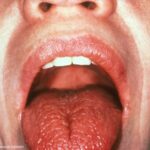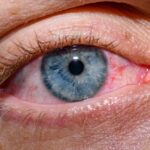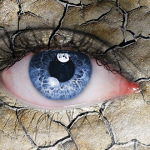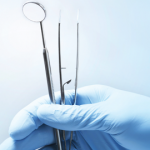
LUCADP / SHUTTERSTOCK.COM
PHILADELPHIA—Whether due to Sjögren’s disease or something else, dry mouth is a common chief complaint from patients with rheumatic illnesses. Dry mouth isn’t life-threatening, but it can have a serious impact on quality of life. Sialogogues like cevimeline and pilocarpine may benefit some, but not all, patients, but cholinergic side effects often limit their usefulness. Immunosuppressants have thus far not shown benefit. So what tips can we give patients desperate for relief? Good news. There are 10.
At ACR Convergence 2022, Leslie P. Laing, PhD, DDS, president of the Sjögren’s Society of Canada, prosthodontist and immunologist, Toronto Public Health, Dental, and Oral Health Services, Toronto, Canada shared excellent advice for the management of dry mouth—“or what I’m calling the new science of hydrostomia.”
Top 10
1. Massage the salivary glands. To massage the parotid glands, place fingers on the cheeks and milk the parotid gland in the anterior direction. Another option is sublingual gland massage, which can be performed by pushing the tongue down onto the two soft pillow-like structures on the floor of the mouth. “This is more discrete since you can do it with a closed mouth. In fact, I’m calling these oral Kegels,” Dr. Laing said.
2. Use sugar-free, xylitol-containing gum or lozenges. Examples include the gum and lozenges from Pür or X-Pur, which are available for purchase online. Dr. Laing advised us to steer clear of sugar-free options containing aspartame that may be non-cariogenic but are drying.
3. Store a cherry pit, plastic button or pebble in the mouth and move it around. “This will stimulate the mechanoreceptors in gingival tissues, resulting in increased saliva production,” explained Dr. Laing. Interestingly, this technique has been used since ancient times (e.g., by people crossing the desert) to wet the mouth, but has no benefit for hydration status.1-4
4. Use Dr. John’s Herbal Lollipops or Loloz. “Even a patient with head and neck cancer can hold onto one of these [in the mouth] and get salivary stimulation,” Dr. Laing said. Her patients like the flavor with licorice root extract best. This flavor also had the greatest ability to reduce levels of Strep. mutans in an in vitro study.5,6 Licorice root extract “may potentially have beneficial effects in the treatment of autoimmune disease and oral caries, too.”
5. Drink green tea. Green tea polyphenols may protect glandular acinar cells from autoimmune-induced damage in people with SJD.7 Dr. Laing added, “We’ve also observed a clinically significant increase in the salivary flow rate and statistically significant drop in salivary viscosity in people with SJD who drink green tea.6,8 It may help them feel more comfortable. The tea mug may also be used as a warm compress for the parotid gland.”



